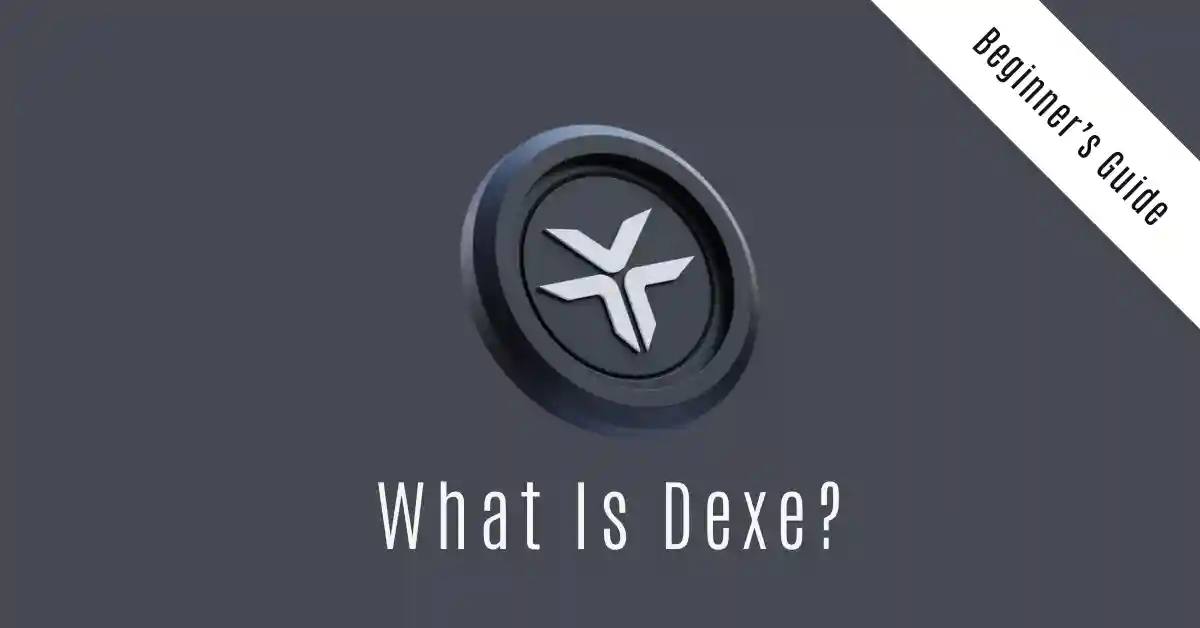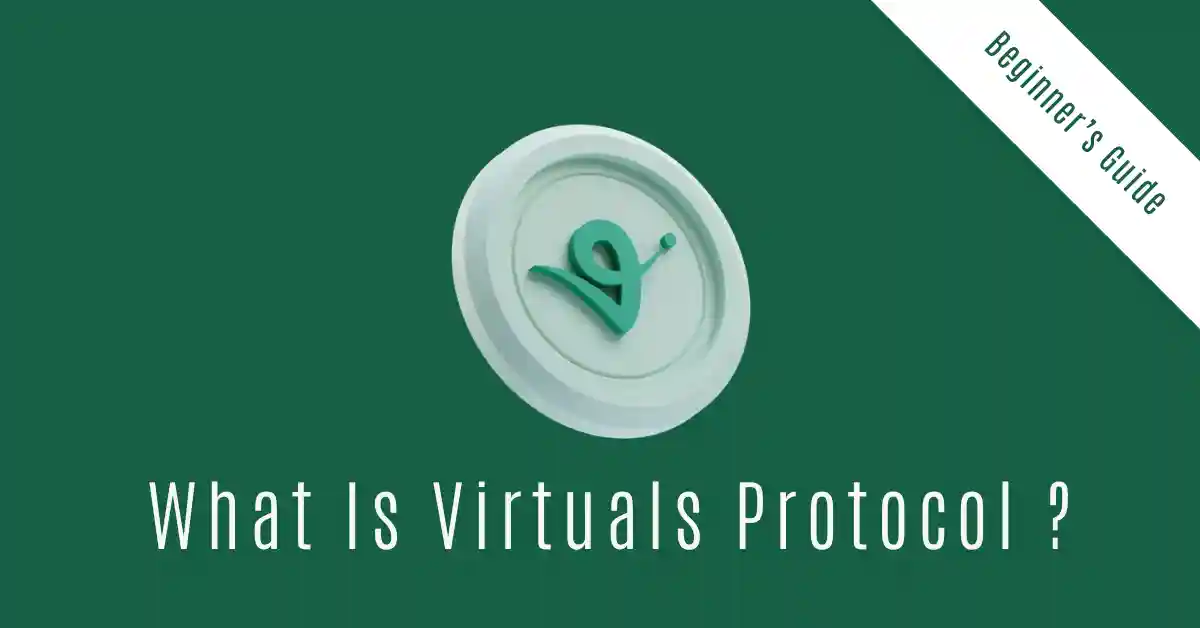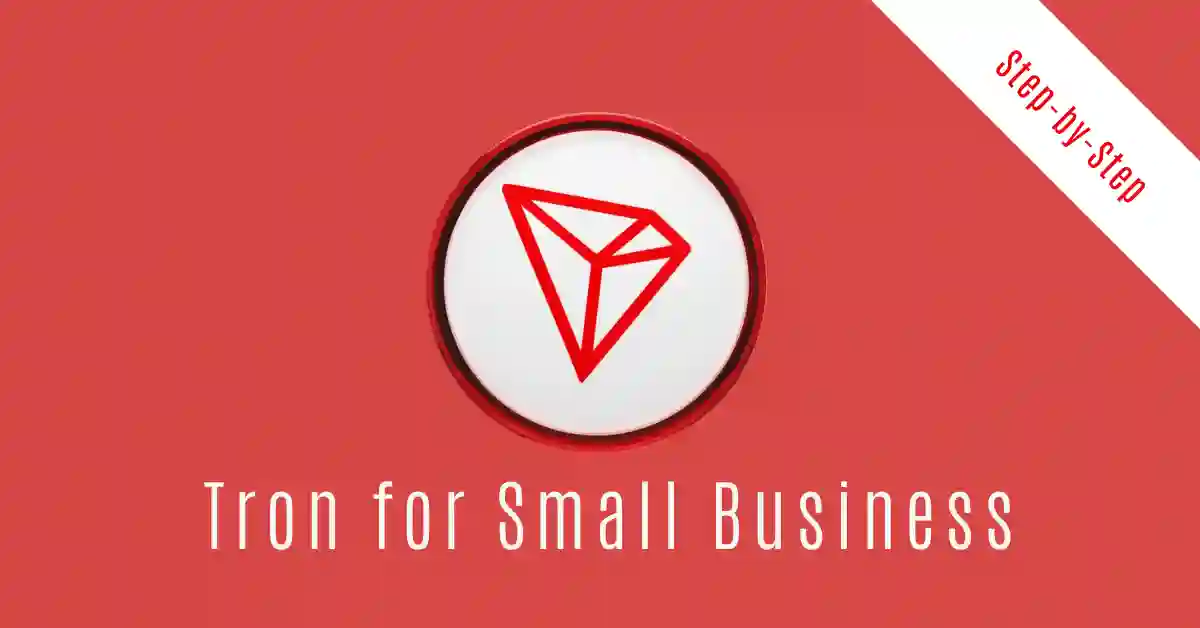
Imagine mirroring the trades of top crypto investors without paying hefty platform fees or worrying about hidden agendas. This is the promise of Dexe—a decentralized social trading platform that lets users automatically copy proven strategies from expert traders, all while retaining full control over their funds.
But how does Dexe work? Is it truly decentralized, and how does it differ from platforms like eToro or Robinhood? This guide breaks down Dexe’s mechanics, benefits, risks, and future in the evolving world of decentralized finance (DeFi).
What Is Dexe?
Dexe (Decentralized Social Trading Platform) is a blockchain-based ecosystem where users can replicate the trading strategies of vetted experts. Built on Ethereum and Binance Smart Chain (BSC), Dexe eliminates intermediaries by using smart contracts and decentralized autonomous organizations (DAOs) to govern trades, fees, and rewards.
Key Features:
-
Copy Trading: Automatically mirror trades of top-performing investors.
-
No Custody: Users retain control of their funds via non-custodial wallets.
-
DAO Governance: DEXE token holders vote on platform upgrades.
-
Transparency: All strategies and trades are auditable on-chain.
How Dexe Works: A Step-by-Step Breakdown
1. Strategy Creation
Expert traders (“Strategists”) create and publish trading strategies on Dexe’s marketplace. Strategies include:
-
Asset Allocation: Percentage of funds per trade.
-
Risk Parameters: Stop-loss, take-profit levels.
-
Blockchain Networks: Ethereum, BSC, or Polygon.
2. Strategy Copying
-
Choose a Strategist: Browse performance metrics (ROI, risk score, drawdown).
-
Allocate Funds: Deposit crypto into a smart contract linked to the strategy.
-
Auto-Execute: Trades replicate in real-time across DEXs like Uniswap or PancakeSwap.
3. Rewards and Fees
-
Strategists Earn: 10–30% of profits from copiers.
-
Copiers Pay: 0.1–0.5% fee per trade (vs. 5–30% on eToro).
-
DEXE Stakers: Earn platform fees and governance rights.
4. DAO Governance
DEXE token holders vote on:
-
Fee structures.
-
Strategist vetting processes.
Dexe vs. Traditional Social Trading Platforms
| Factor | Dexe (Decentralized) | Traditional (eToro, Robinhood) |
|---|---|---|
| Custody | Non-custodial (user-controlled wallets) | Custodial (platform holds funds) |
| Fees | 0.1–0.5% per trade | 5–30% profit sharing + spreads |
| Transparency | All trades on-chain | Opaque, closed systems |
| Access | Global (no KYC for basic features) | Restricted by geography and regulations |
| Governance | DAO-driven | Corporate-controlled |
Benefits of Dexe
-
Lower Costs
-
No profit-sharing beyond the 0.1–0.5% fee.
-
Gas fees are offset by Dexe’s bulk trading optimizations.
-
-
Anti-Censorship
-
Strategists can’t be banned for controversial strategies (e.g., shorting memecoins).
-
-
No Counterparty Risk
-
Funds stay in your wallet; smart contracts handle execution.
-
-
Global Access
-
Bypass restrictions in countries like China or Iran.
-
-
Earnings Opportunities
-
Earn DEXE tokens by staking or creating winning strategies.
-
Risks and Challenges
-
Smart Contract Vulnerabilities
-
Exploits could drain funds (e.g., 2022 $5.6M Wormhole hack).
-
-
Market Volatility
-
Even expert strategies can fail in bear markets.
-
-
Regulatory Uncertainty
-
Scam Strategies
-
Fake “experts” may pump-and-dump tokens (mitigated by Dexe’s reputation system).
-
Top 5 Use Cases for Dexe
1. Passive Income for Beginners
Newbies mirror seasoned traders without active management.
2. Monetizing Expertise
Skilled traders earn fees by sharing strategies (e.g., 2024’s top strategist earned $2M).
3. Institutional Participation
Hedge funds like Pantera Capital use Dexe to crowdsource retail strategies.
4. Cross-Chain Arbitrage
Strategists exploit price gaps between Ethereum and BSC tokens.
5. NFT Trading Strategies
Copy expert NFT flippers on marketplaces like OpenSea.
The Future of Dexe: 2025 and Beyond
1. AI-Powered Strategies
Machine learning models will auto-optimize portfolios based on market data.
2. Institutional DAOs
BlackRock and Fidelity may launch Dexe sub-DAOs for compliant trading.
3. Regulatory Compliance
Dexe plans KYC-optional tiers to satisfy MiCA (EU) and SEC guidelines.
4. Layer-2 Scaling
Integration with Arbitrum and Optimism will slash gas fees by 90%.
5. DEXE Token Utility
-
Governance: Voting power tied to staked tokens.
-
Discounts: Reduced fees for DEXE holders.
-
Liquidity Mining: Earn yields by providing DEXE/ETH liquidity.
Unique FAQs About Dexe
1. How do I start using Dexe?
-
Connect a wallet (MetaMask, Trust Wallet).
-
Browse strategies on Dexe’s dApp.
-
Deposit funds into a strategy’s smart contract.
2. Is Dexe safe for beginners?
Yes, but start with small amounts and audit strategies’ on-chain history.
3. Can I lose more than I invest?
No. Dexe strategies use pre-set stop-losses to limit downside.
4. How are experts vetted?
Strategists must pass a 3-month trial with auditable, profitable trades.
5. What’s the minimum investment?
As low as $10 (varies by strategy).
6. Can I create my own strategy?
Yes. Dexe Academy offers free tools to backtest and publish strategies.
7. Is Dexe available on mobile?
Yes. Use WalletConnect with mobile wallets like Trust or Coinbase Wallet.
8. How does Dexe make money?
It takes 0.05% of all trade volume, distributed to DEXE stakers.
Conclusion
Dexe is pioneering a new era of democratized investing—where anyone can leverage expert strategies without sacrificing control or paying exorbitant fees. While risks like smart contract bugs persist, its decentralized model offers unparalleled transparency and accessibility compared to traditional platforms.







